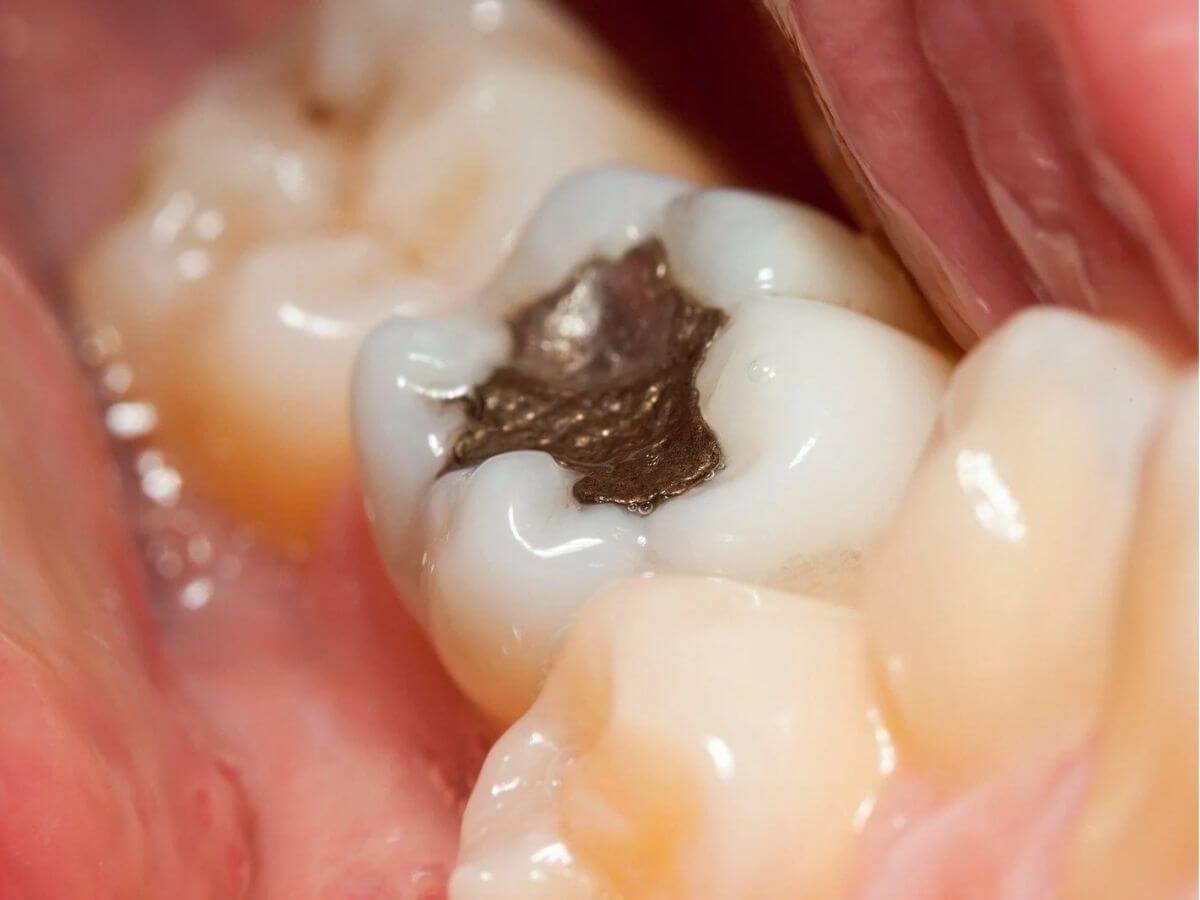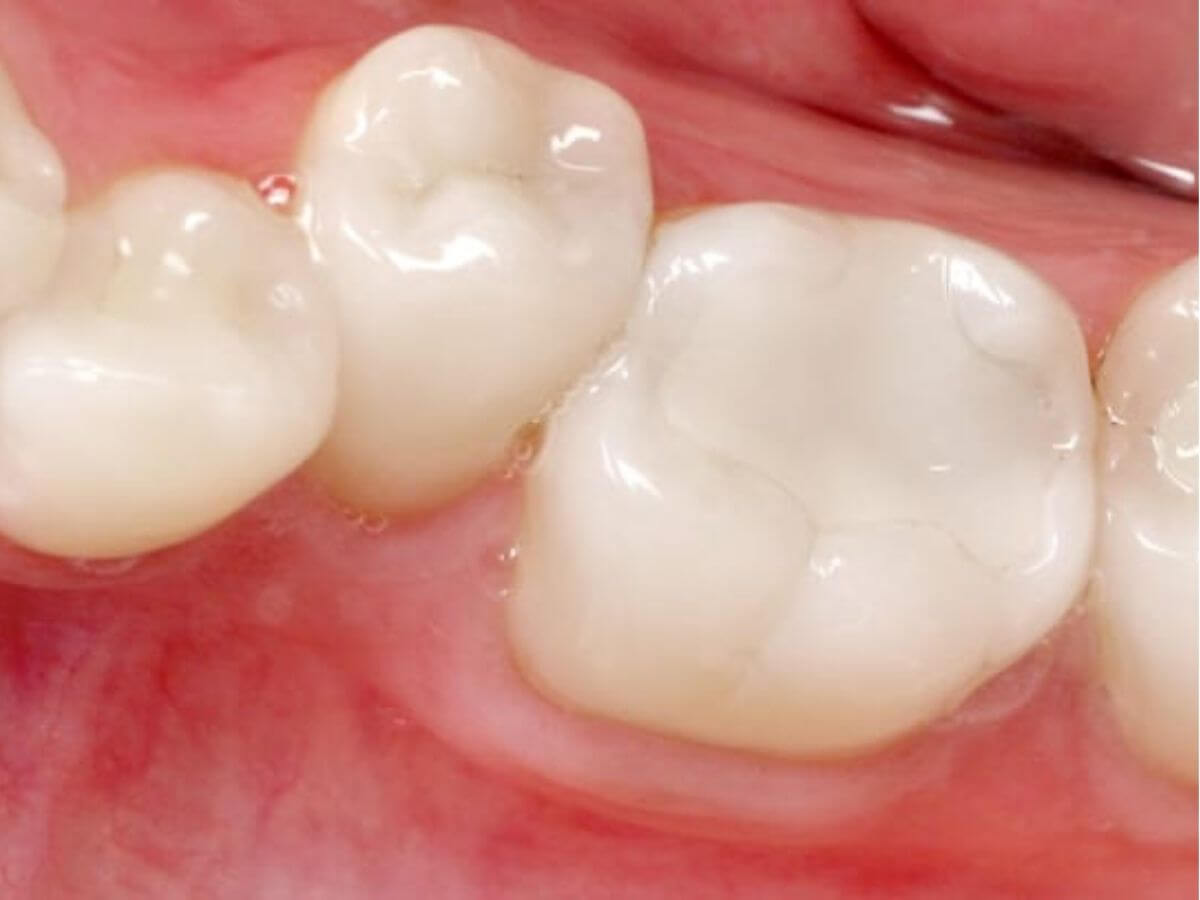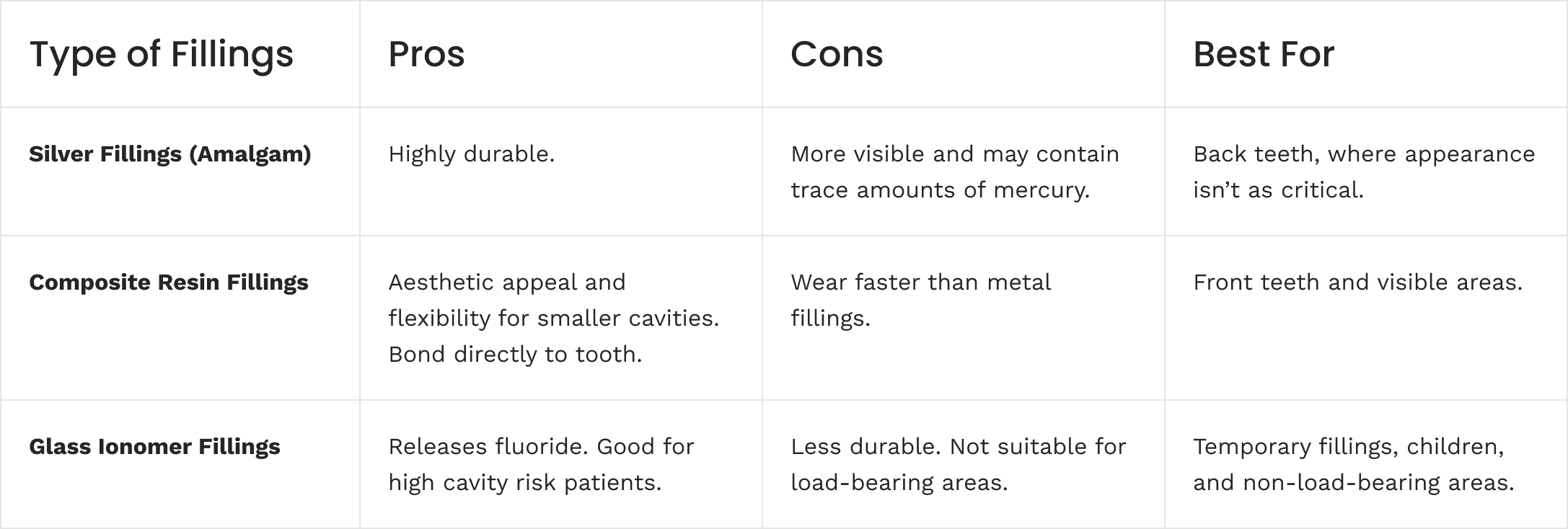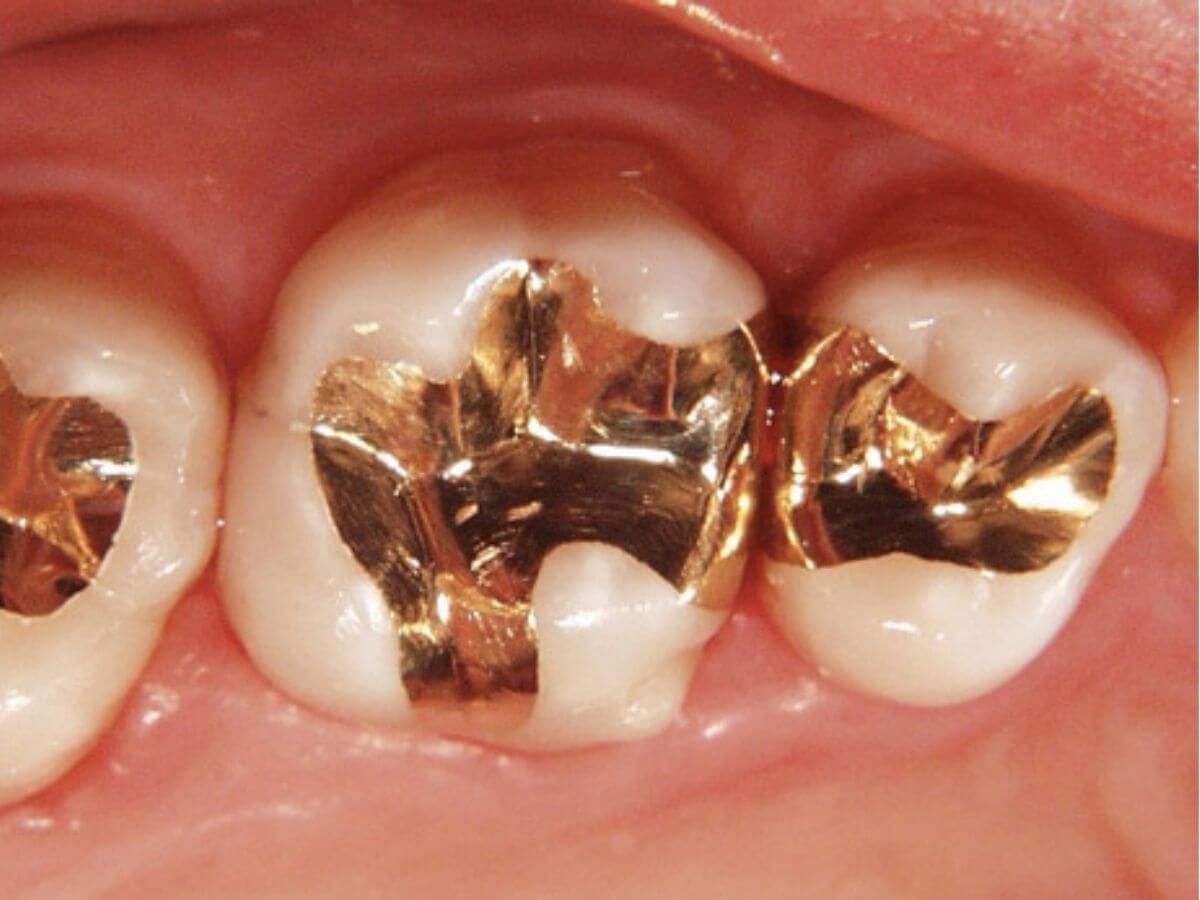Types of Fillings: Best Dental Options for Cavity Treatments

Image via gentledental.interdent.com
Fillings prevent further decay by sealing spaces where bacteria might enter, protecting teeth from additional harm. They also alleviate discomfort, ensuring pain-free chewing and speaking.
What are the different types of dental fillings?
Choosing the right filling for cavity treatments involves considering durability, aesthetics, and budget. Types of fillings include silver amalgam, composite resin, and glass ionomer.
Amalgam Fillings (Silver)
Amalgam fillings, made from silver, mercury, tin, and copper, are strong and long-lasting, ideal for back teeth where chewing pressure is greatest.
- Pros:
- Durability: Silver amalgam fillings can withstand significant pressure from chewing and can last for many years.
- Strong: Less likely to crack or break compared to other dental filling materials.
- Cons:
- Aesthetic: They are quite noticeable due to their silver colour, which can be a drawback for those concerned with appearance.
- Mercury Content: While the levels are generally considered safe, the presence of mercury in silver amalgam fillings can be a concern for some patients.
- Best For: Ideal for molars and premolars, where strength and durability are more important than aesthetic concerns.
Composite Resin Fillings (Tooth-Coloured)
Composite fillings, made from plastic resin and fine glass particles, match the colour of natural teeth, making them ideal for visible areas. Their strength and durability make them suitable for high-pressure areas in the mouth.
- Pros:
- Aesthetic Appeal: They blend in with the natural colour of your teeth, making them nearly invisible.
- Versatility: Can be used for both small and moderate cavities.
- Bonding: These fillings bond directly to the tooth structure, which can help reinforce the tooth.
- Cons:
- Durability: They are less durable than silver amalgam fillings and may need to be replaced more frequently.
- Best For: Suitable for cavities in front teeth and other visible areas where aesthetics are a primary concern.

Image via eagleharbordentist.com
Glass Ionomer Fillings
Glass ionomer fillings, made from glass and acrylic, release fluoride to protect teeth from decay and are effective in preventing further deterioration.
- Pros:
- Fluoride Release: Helps to strengthen the tooth and prevent further decay.
- Cons:
- Durability: Not as durable as other types of fillings, making them less suitable for load-bearing areas.
- Wear: More likely to wear down over time, requiring replacement.
- Best For: Temporary fillings, children, and non-load-bearing areas due to their fluoride-releasing properties.
Types of Dental Fillings Comparison

Choose the Right Type of Dental Filling for You

Image via oldhookdental.com
Choosing the right tooth fillings is vital for your oral health and smile. Different fillings have unique benefits, whether focusing on durability or aesthetics.
Family Dental, the best dental clinic in Penang, offers exceptional dental care with a focus on patient comfort and satisfaction. Contact us to schedule your appointment today.
See you at Family Dental
Opening hours
Mon, Tue & Fri: 9am-6pm
Wed & Thu: 9am-9pm
Sat, Sun & Public Holiday: 10am-6pm